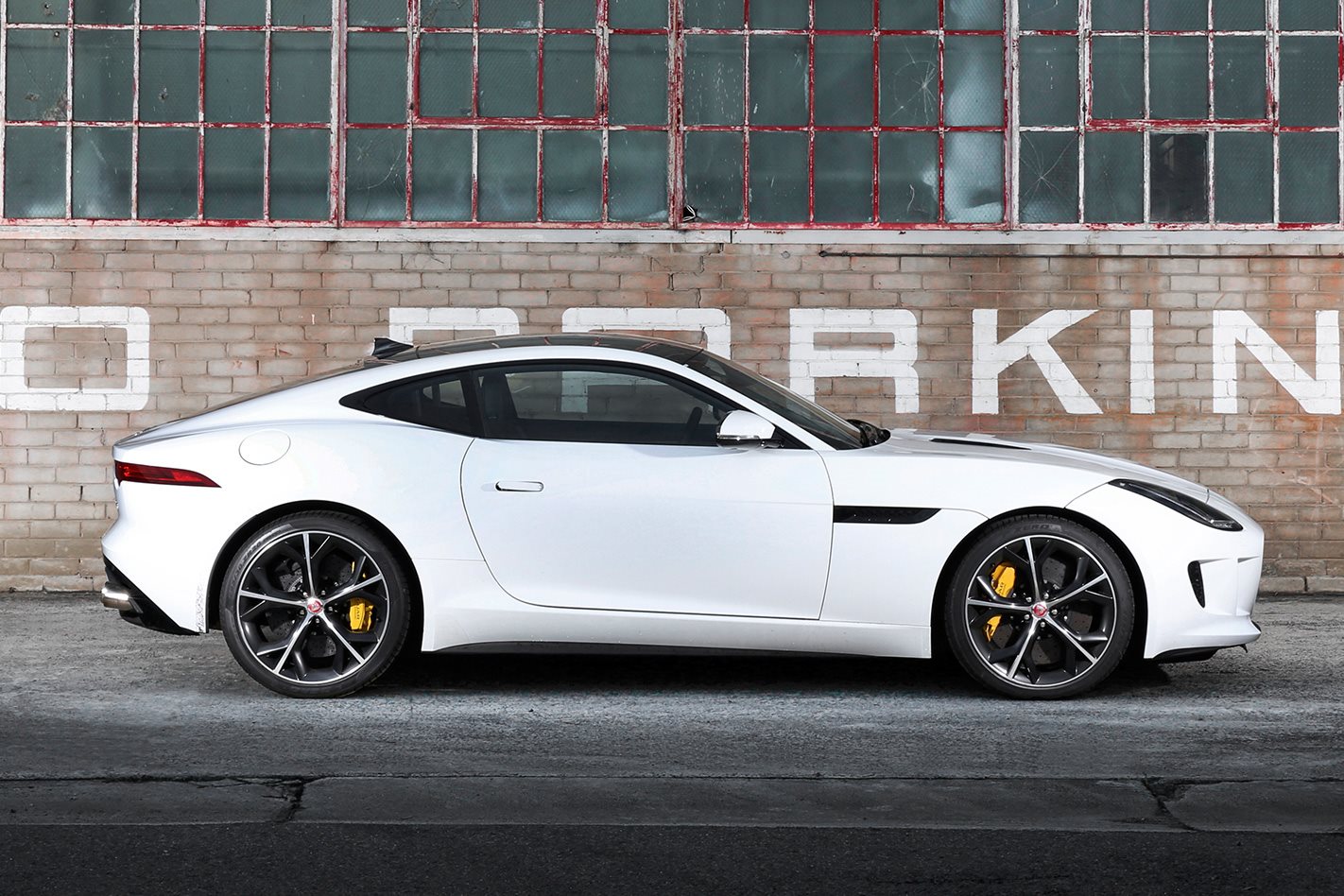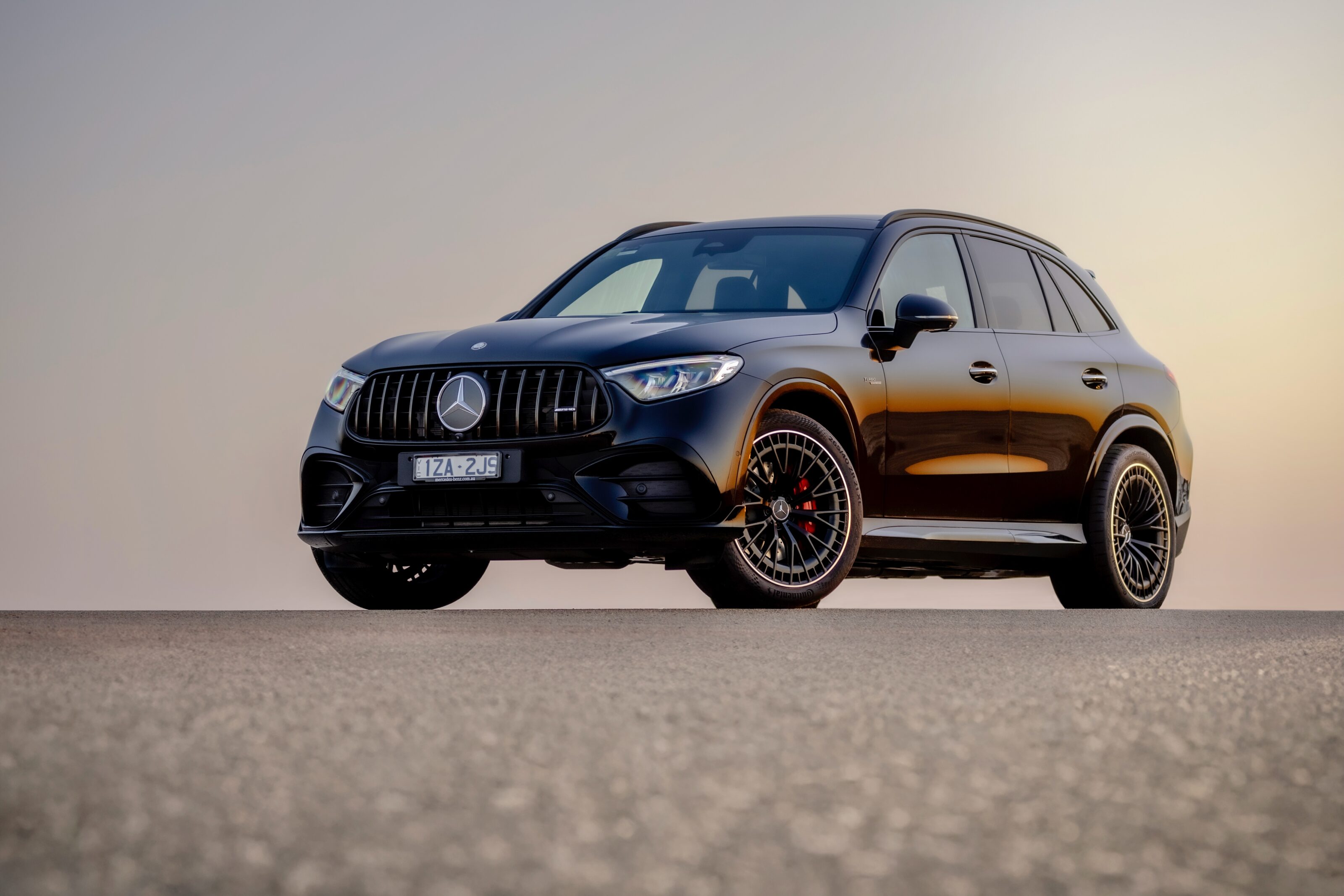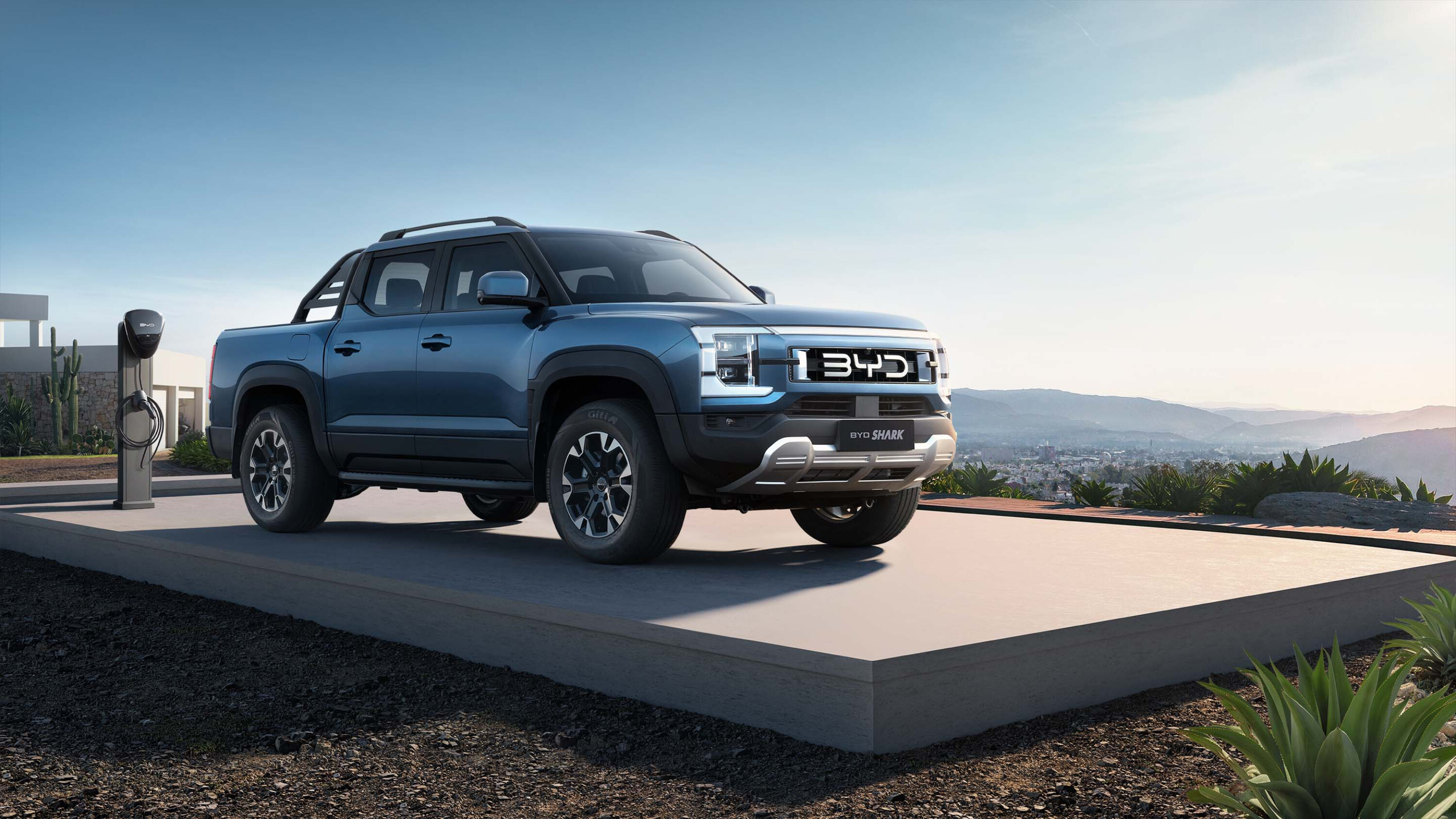The F-Type will be Jaguar’s only sports car for the foreseeable future, with the British brand confirming it has abandoned plans for an XK successor.
Jaguar ended production of the XK in 2014 after 18 years and two generations. It had been contemplating a replacement once it finished focusing on key models like the Jaguar XE compact sedan and Jaguar F-Type, with the company expected to take a new XK 2+2 further upmarket as a fully fledged luxury GT to take on Bentley and Ferrari.
Ian Callum, the company’s design chief, however, told Wheels there isn’t a sufficient market to justify a four-seater sports car to sit above the two-seater Jaguar F-Type.
“The current thinking [at Jaguar] is that there will only be one sports car,” he says. “I’m personally disappointed; I think there could be room for a two-plus-two in there.
“The market actually fell through the ground; the XK ended up with about 3000 units a year. I’m sure Mercedes will do another SL but you hardly see them [now]. They’re not selling big numbers of them that I know.
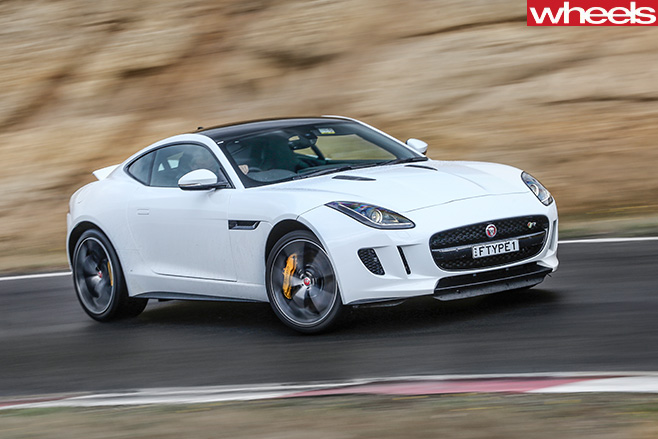
“I bang the drum on doing sports cars a lot [at Jaguar], but we’ve got a business to run, we’ve got to get the volume up, and get economies of scale up, which is starting to work for us with the new [vehicle] architecture.”
It means no supercar to follow the likes of the XJ220, or the C-X75 that was supposed to be built in low volume before being limited dramatically to just a handful of prototypes.
Callum would also love to do a two-door version of the XF but again says the investment required is prohibitive. Jaguar also doesn’t intend to follow its German rivals with their approach to multiple variants, for both philosophical and economical reasons.
“We can’t do the proliferation of models BMW and Audi are doing, and we don’t want to do that,” he says. “That’s not what we’re about. We have to be specific. If you take the XF, it has to cover the sporty field as well as the four-door sedan [segment] in a way a Jaguar can and should do, because it’s always done that.
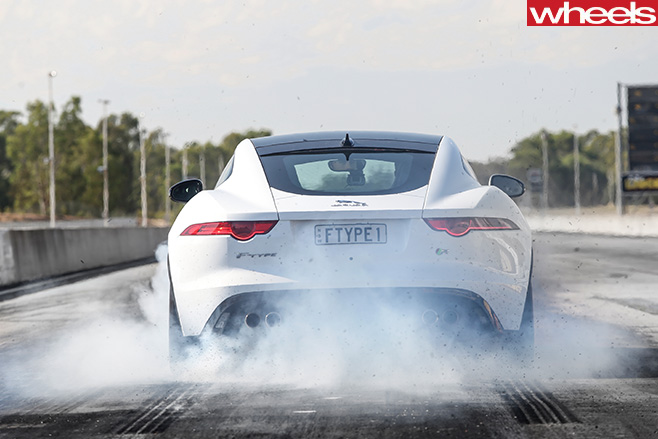
There’s at least encouraging news on the performance side of things. Callum says there will be more Jaguars coming out of Jaguar-Land Rover’s Special Vehicle Operations, which has been set up to produce either faster or flashier versions of regular models.
Land Rover currently offers three models from SVO versus just the Jaguar F-Type SVR, though the bias will swing the other way.
“With SVR, the R part of it is planned to be dominated by Jaguar ultimately, [because] performance is Jaguar and off-road capability is Land Rover.
“There’s no guarantee we’ll see an SVR version of every Jaguar but there will be some.
Callum says that could include its new SUV, which is launching in Australia this week.
“The F-Pace is a Jaguar,” Callum says simply. And a V8 will fit comfortably under the bonnet, we’re told with a smile.


